Estimated to be roughly 1,000 years old, the Kalaloch Big Cedar Tree has been standing in the same location since the Byzantine Empire ruled Constantinople. It dates to a time when westerners had never even conceived of the American continents. However, this giant, the third* largest of its species at 175 feet tall, 19.8 feet in diameter, and 12,000 cubic feet in volume, split nearly in two after a heavy coastal storm on March 8, 2014.
Protected within the boundaries of Olympic National Park, the Kalaloch Big Cedar has avoided logging operations, the primary demise for most giants. Falling to wind and storms is actually the second most common end for trees, and old-growth trees are no strangers to such events. In fact, the tallest trees of most species are actually relatively young in comparison to their stouter and older relatives, as storms constantly topple limbs, tops, and even large portions of trees. In fertile regions such as the Olympics, however, the trees keep growing.
While visiting the giant, be sure to continue to explore eastward on a short quarter-mile trail that leads to a whole grove of ancient western red cedars (Thuja plicata).
* Also within Olympic National Park, the Quinault Giant Western Redcedar is the largest tree of the species.


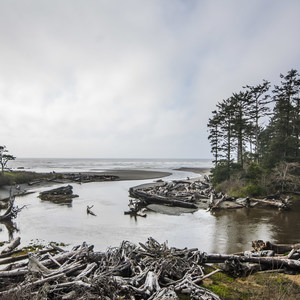
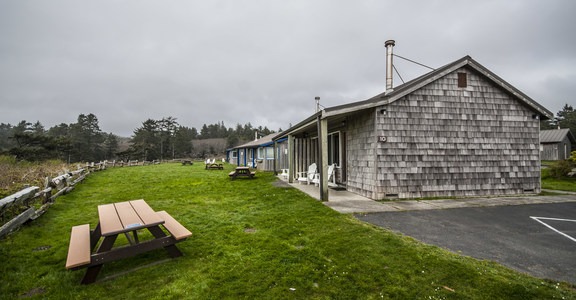
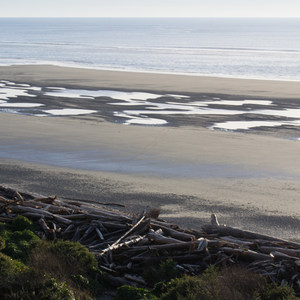
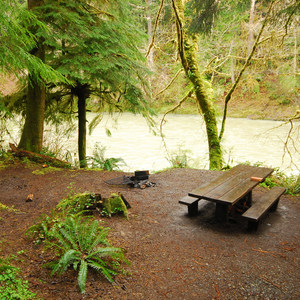

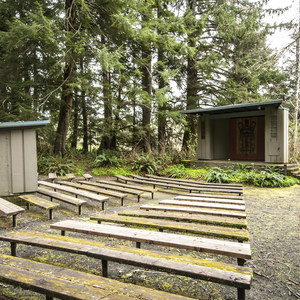



Comments
Sign In and share them.